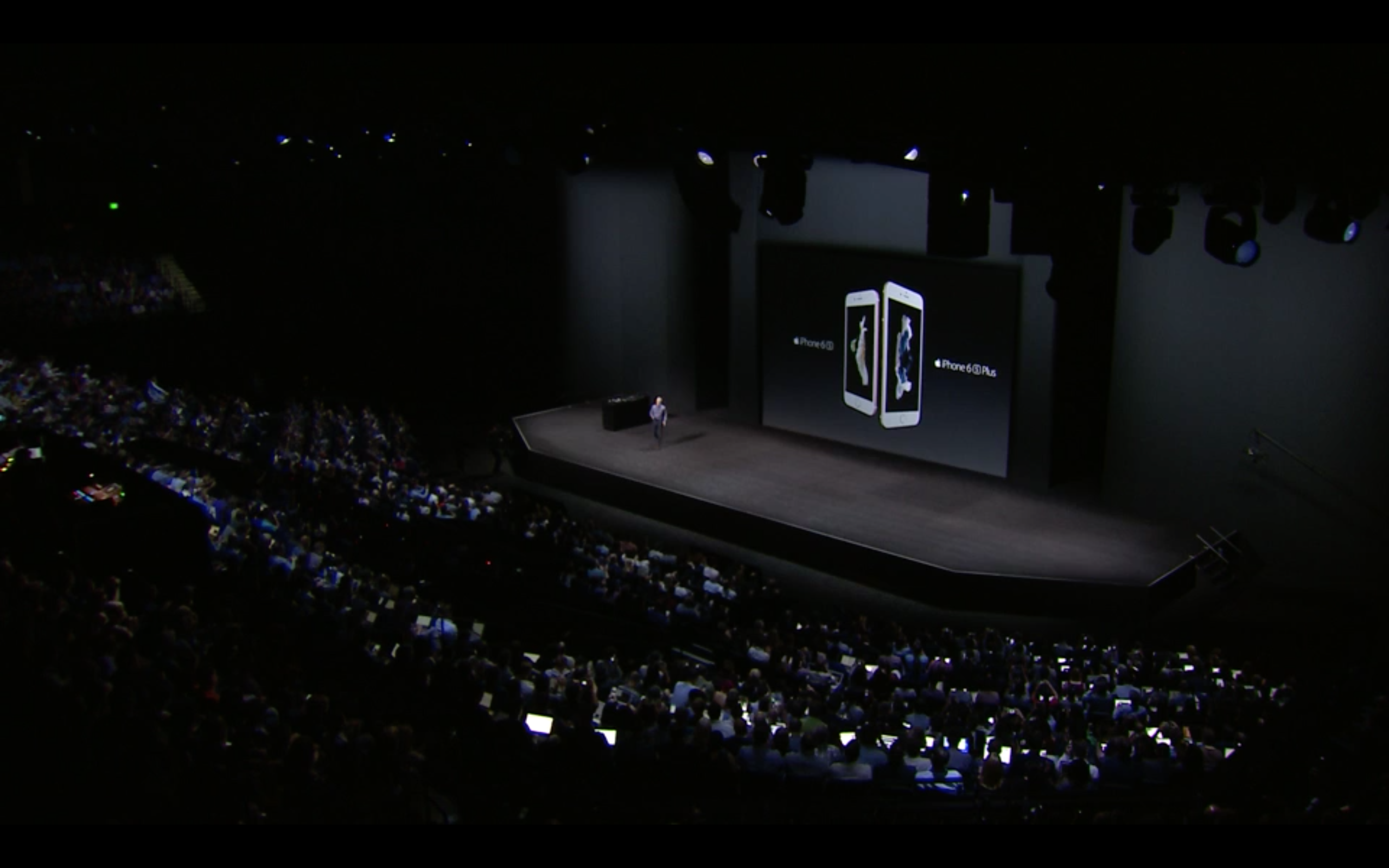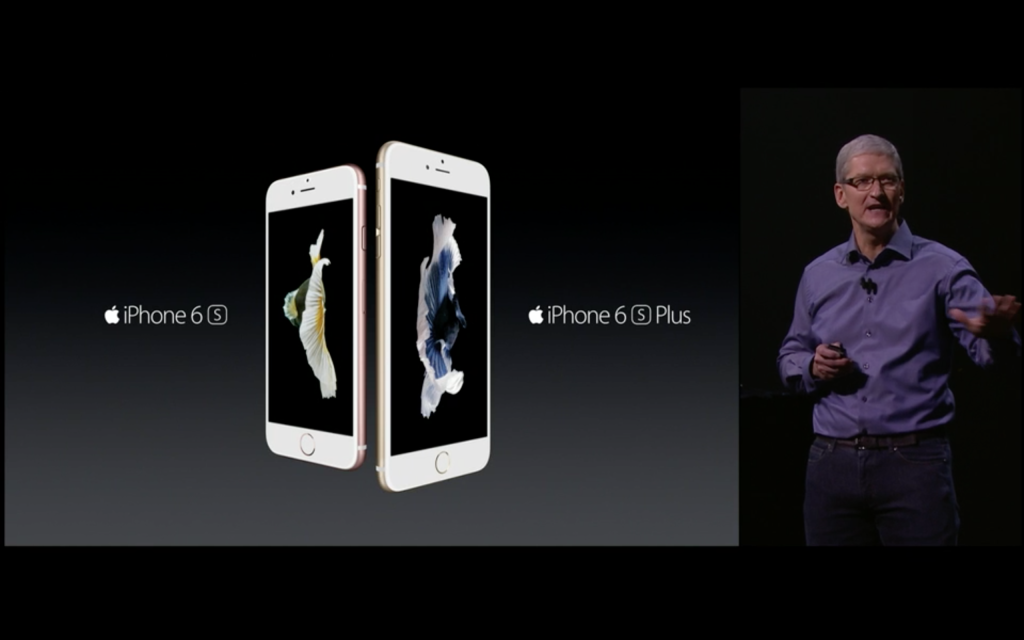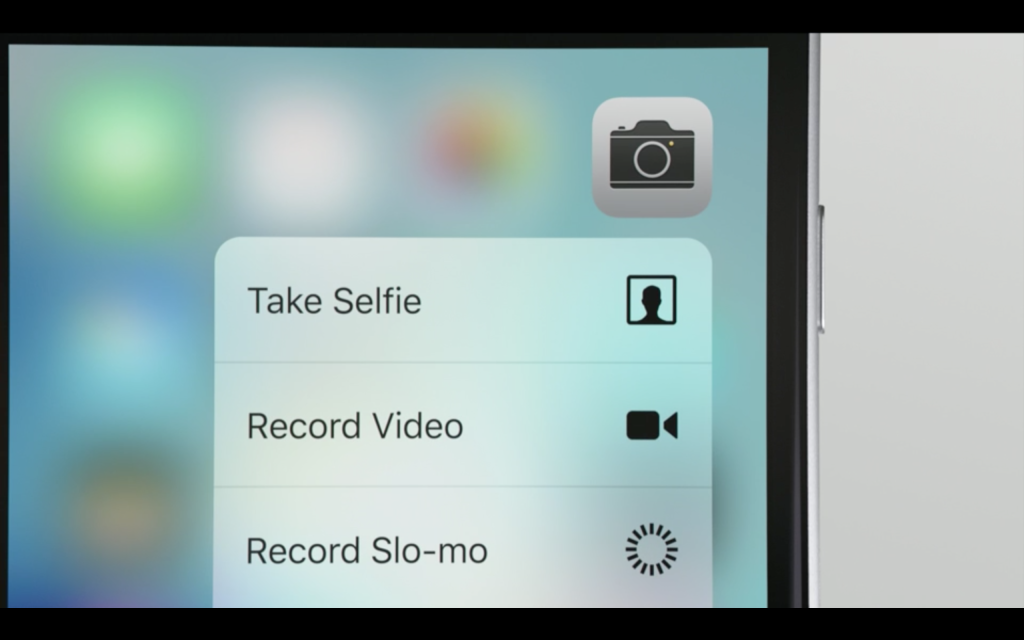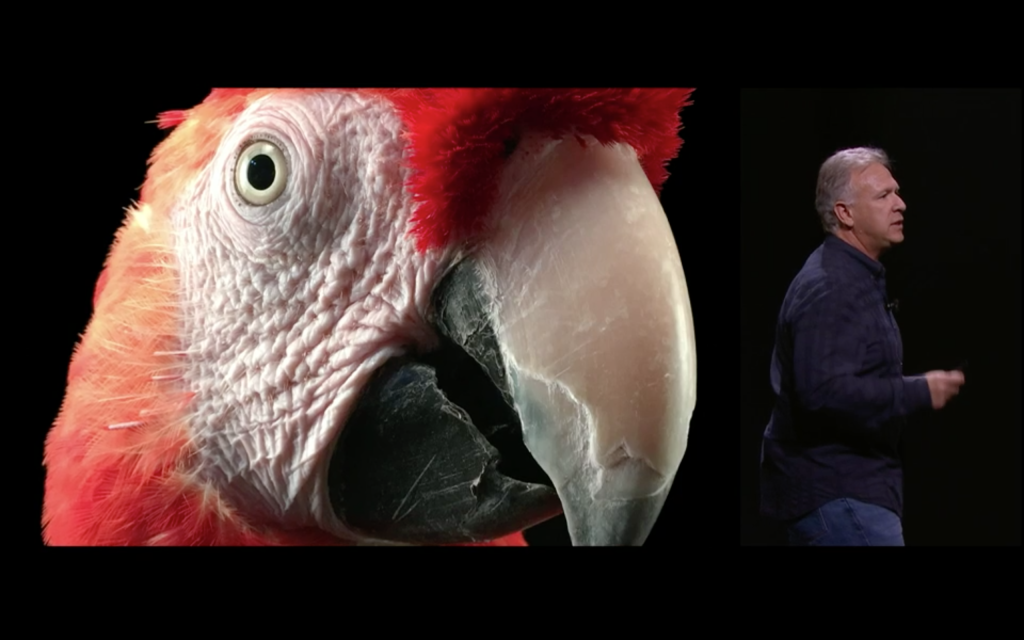Apple unveiled the next generation iPhone 6s and iPhone 6s Plus today at its traditional annual live event in San Francisco.
Tim Cook, Apple’s CEO, wasted no time towards the end of a mammoth 2 hour keynote to introduce the new devices saying simply: “next up, iPhone”.
Phil Schiller, Apple’s Senior vice president of worldwide marketing then took the stage to discuss new features in the incremental ‘s’ editions, which included a new 3D Touch, based on the most recent line of MacBook’s Force Touch technology.
Elsewhere Schiller announced massive performance boosts, revamped camera capabilities, and a new style of photo Apple describes as ‘Live Photos’.
Let’s dig into the new features and upgrades.
3D Touch
The key upgrade to the new iPhones came in the form of 3D Touch. Based on the MacBook’s Force Touch, it will enable an extra layer of functionality and navigation in iOS 9.
Using a new Taptic Engine built for the new iPhone, the touchscreen can now sense the strength of the push. As a result, users will be able to interact in new ways with their device.
A video narrated by Apple’s Chief Design Operator Sir Jonathan Ive explained the “dynamic system deeply integrated into iOS 9”. He noted that the system could now recognize new gestures – how if a user presses lightly, it gives them a peek into the content. Such as pressing lightly on an email, it will then pull forward a preview of the message without marking it as read.
Ive went on to describe how the sensors measure pressure between the glass screen and the backlight, while also measuring signals from the accelerometer, giving a more precise level of Haptic feedback – vibrations measured in milliseconds registering the action.
Apple’s senior vice president of Software Engineering, Craig Federighi, demonstrated further showing how pressing lightly on the Camera app would provide quick actions like a ‘selfie’ option, which if tapped would open the front-facing camera. Similarly, Facebook will offer quick options for posting a status or checking in – right from the home screen.
He also showed how using these 3D Touch gestures on the side of the screen would allow users to access the app switcher quicker than the double home button tap currently required. “It’s totally epic”, says Craig Federighi.
Camera, photos & Video
Apple also revealed that its iSight camera would be vastly improved. The 8 megapixel camera that’s been in place for a number of iPhone iterations now has finally been upgraded to 12 MP. As Schiller explained, Apple “[wasn’t] going to add pixels until we could maintain image quality,” and weren’t willing to trade off on quality.
But the upgrades weren’t limited to the main camera, the FaceTime camera was boosted from 1.2MP to 5MP facetime camera. Schiller also described the True Tone flash present on the back of the iPhone, and that Apple had instead decided to turn the iPhone’s retina screen into a flash to support the front-facing camera. The screen can now shine three times brighter in order to provide better light for this camera, supposedly matching the quality of the True Tone flash.
The technology boosts weren’t limited to still images, however. For the first time, the iPhone will be able to shoot 4K video. That’s 8 million pixels in every frame, explained Schiller. Additionally, iMovie, Apple’s video editing app will also be able to handle 4K, enabling users to both shoot and edit directly on the iPhone. Presuming they don’t have the 16GB base model, which remains the entry storage level.
Apple also announced a new type of technology for producing photos – using the 3D Touch functionality. Users can now produce what they called Live Photos.
During the demonstration Apple showed that photos would be taken as normal by the user, but in what looks like something akin to an auto-burst mode, the camera ‘films’, or rather captures images 1-second either side of the still image. It’s still taking a still image, Apple insists, but by using 3D Touch on the image, the image will animate, playing a video of what was captured before and after the still. They will also be able to capture and play the sound that was playing during those two seconds.
This style of photo will be automatically turned on, but users can disable it. The Live Photos will also be functional on the Apple Watch – as a Watch face – and across the iPad and El Capitan, the forthcoming upgrade to the Mac OS X.
Hardware
As an ‘s’ upgrade, design and hardware tweaks were minimal. However, Schiller touched on an upgrade to the casing. It will employ a custom Apple alloy which uses a similar material as used in the aerospace industry.
It was also revealed that an extra color – Rose Gold – would be added to the range. The 4.7inch base model, and a 5.5 inch Plus model would remain, while the screen glass had also been developed to be stronger.
The big hardware news was the inclusion of an A9 chip; Apple’s 3rd generation 64-bit chip. This new transistor architecture would be 70% speedier and provide a 90% graphical improvement. The iPhone’s M9 Motion coprocessor has also now been built into the chip. As a result, further tweaks have been enabled, such as an always on ‘Hey Siri’ which was previously only possible if the device was plugged in.
Finally, Apple has installed a second generation Touch ID, which it claims will be twice as fast. There have also been improvements in LTE capabilities and speed, while Wi-Fi is set to be twice as fast on the new devices.
Pricing & availability
The iPhone 6s and 6s Plus will be priced the same as the 6 and 6 Plus were last year. Based on a 2-year contract deal, the 6s will cost $199 for the entry level 16GB device, rising incrementally by $100 for 64GB and 128GB models. The 6s Plus follows the same pattern, but starts at $299.
The iPhone 5s is now Apple’s entry-level iPhone and is free on a 2-year contract, while the 6 and 6 plus price drops by $100 – starting at $100 for the iPhone 6.
Finally, Schiller revealed a new pricing programme set to begin in the US – the iPhone Upgrade Program. For $32, customers will be eligible for an annual upgrade, which will include AppleCare+, an unlocked phone, and a choice of carrier.
The iPhone 6s and 6s Plus will be available to pre-order on Saturday September 12, before launching on September 25.
The new devices will run iOS 9, which will be available for the iPhone 4s and above from September 16.
At the live event, Apple also announced a 12.9 inch iPad Pro, and a new and hugely upgraded Apple TV. Stayed tuned to TapSmart.com for more on these upgrades.




